When it comes to building a successful movie franchise, the importance of timing really can’t be understated. That’s why we rarely have to wait more than a few years to see a sequel arrive, especially in the blockbuster space. Thanks to big franchises such as the Marvel Cinematic Universe, audiences have grown accustomed to not having to wait much longer than two years between new installments, but this certainly isn’t always the case. Making movies isn’t easy and a number of issues can halt progress, whether it’s script rewrites, production delays, trying to convince actors to return for another go-round … the list goes on.
As such, there have been many cases where fans have had to wait years, even decades to finally get a proper sequel and not all of them are worth the wait. Fortunately, there have been cases where long-awaited follow-ups have actually delivered on their promise, with the following sequels being some of the best that took what felt like an eternity to finally be released. Here are 13 sequels that took forever to be made and were worth the wait. Enjoy!
13. Aliens (1986)
Predecessor: Alien (1979)
Years between films: 7
Ridley Scott’s sci fi-horror classic Alien was a critical and box office smash when it released in 1979, so it’s a bit surprising that it took 20th Century Fox seven years to get a sequel out. As it turns out, Alien co-producer David Giler had the full support of Fox to immediately make a sequel, but a change in studio management, combined with a behind-the-scenes lawsuit over the distribution of the film’s profits led to those plans getting shelved for years. By 1983, things were back on track and James Cameron was brought on board to write and direct the following year, with Fox’s producers having been impressed by his work on The Terminator.
Released in 1986, Aliens represented a bold new direction for the Alien franchise, as Cameron largely eschewed the horror elements of Scott’s original film in favor of an increased emphasis on action. However, the gamble paid off, as Aliens not only earned significantly more money than its predecessor but received widespread critical acclaim and went on to win two of the seven Academy Award nominations it received. Aliens is now regarded by many as one of the greatest sequels in movie history.
 Source: Screenshot via 20th Century Fox
Source: Screenshot via 20th Century Fox12. Terminator 2: Judgment Day (1991)
Predecessor: The Terminator (1984)
Years between films: 7
Speaking of The Terminator, it took James Cameron an unusually long time to make a sequel to his breakout hit but few would argue that Terminator 2: Judgment Day wasn’t worth the wait. Although talks of a sequel occurred not long after the original film’s release in 1984, those plans were stalled largely due to an intellectual property dispute with Hemdale Film Corporation, which owned the franchise and threw up roadblocks to Carolco Pictures getting a sequel off the ground.
Cameron also foresaw computer-generated imagery being a vital component in the film, particularly in the design of its fictional antagonist the T-1000, but felt that the technology was not where it needed to be in the mid-80s. His 1989 film The Abyss played double duty as a proof of concept for the efficacy of CGI and T2 was finally underway by 1990. With Arnold Schwarzenegger and Linda Hamilton reprising their roles from the first film, Terminator 2: Judgment Day became the highest-grossing film of 1991 and is now widely regarded as one of the best sci-fi films ever made.
 Source: Screenshot via Columbia Pictures
Source: Screenshot via Columbia Pictures11. Before Sunset (2004)/Before Midnight (2013)
Predecessor: Before Sunrise (1995)
Years between films: 9
A recurring theme in Richard Linklater’s filmography is time and how it shapes human experience, so it’s fitting that his masterwork – the romance-drama Before Trilogy – owes much of its effectiveness to the literal passage of time. The first film in the trilogy, Before Sunrise, concludes on an ambiguous note, as it’s unclear if the two central characters Jesse (Ethan Hawke) and Celine (Julie Delpy) will see each other again after their separate departures from a Vienna train station. Linklater, Hawke, and Delpy decided to make a sequel primarily because they wanted to, as there was little to no studio pressure to release a follow-up, which helps explain why it took nearly a decade for Before Sunset to come out. That film picks up with Jesse and Celine nine years after their initial encounter, offering a resolution of sorts to the first film’s ending while simultaneously introducing a new cliffhanger in the form of another ambiguous ending.
By the time the trio discussed making the third film, they decided to maintain the same time gap between films and so Before Midnight was released in 2013, nine years after Before Sunset. Both Before Sunset and Before Midnight were well-received by critics and fans of the original film, to the point where there is no clear weak link in the trilogy. Therefore, it’s fair to say that the wait between films was worth it and assuming a fourth film gets made, we can expect Linklater’s next film to come out sometime in 2022.
 Source: Screenshot via Warner Independent Pictures
Source: Screenshot via Warner Independent Pictures10. Toy Story 3 (2010)
Predecessor: Toy Story 2 (1999)
Years between films: 11
Toy Story 2 ended on a satisfactory enough note that few were truly clamoring for a third installment in the groundbreaking animated series. However, Pixar is (or at least was) a sequel-averse studio and hadn’t even wanted to make a second Toy Story, let alone a third. Things got a bit complicated in the mid-2000s when Disney chairman Michael Eisner made plans to produce Toy Story 3 without Pixar’s involvement (Pixar had the right of first refusal when it came to sequels, but the companies were not on good terms at the time).
When Disney purchased Pixar in 2006, the studio that had been working on Toy Story 3, Circle 7 Animation, was shut down and Pixar took over and started from scratch. After more than a decade of waiting, Toy Story 3 was released in 2010 to widespread critical and commercial success and was even nominated for Best Picture at the following year’s Academy Awards – a rarity for animated works and a testament to the film’s quality.
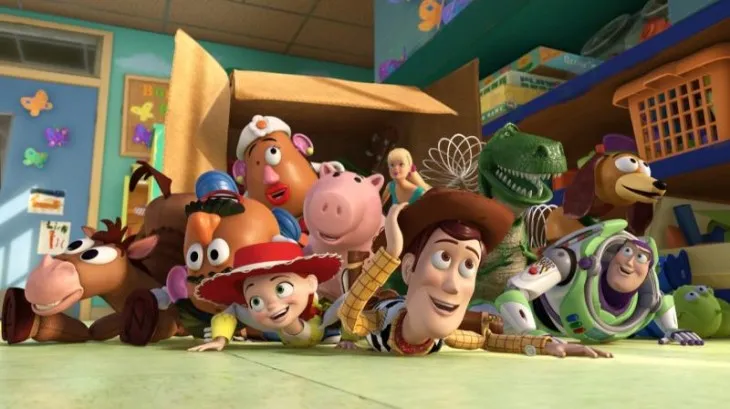 Source: Screenshot via Walt Disney
Source: Screenshot via Walt Disney9. Clerks II (2006)
Predecessor: Clerks (1994)
Years between films: 12
The original Clerks helped launch Kevin Smith’s filmmaking career but by the time he got around to making a follow-up, it was fair to wonder if too much time had passed. After all, Clerks is a film largely defined by its youthfulness, as it explores the existential malaise of two twenty-something Generation X slackers; who really wanted to see Dante and Randall pushing forty and still stuck in dead-end jobs? It almost didn’t happen, as Smith walked away from his fictional “View Askewniverse” films following the release of Jay and Silent Bob Strike Back in 2001, but was motivated to return following the critical and commercial disappointment of his film Jersey Girl in 2004.
Fortunately for everyone involved, Clerks II is largely a worthy sequel to the original, taking the time to explore rich themes of friendship and adulthood while also delivering Smith’s trademark brand of crass toilet humor. Plus, Smith’s post-2000 filmmaking career has been largely defined by creative misfires, which has only helped make Clerks II look even better by comparison.
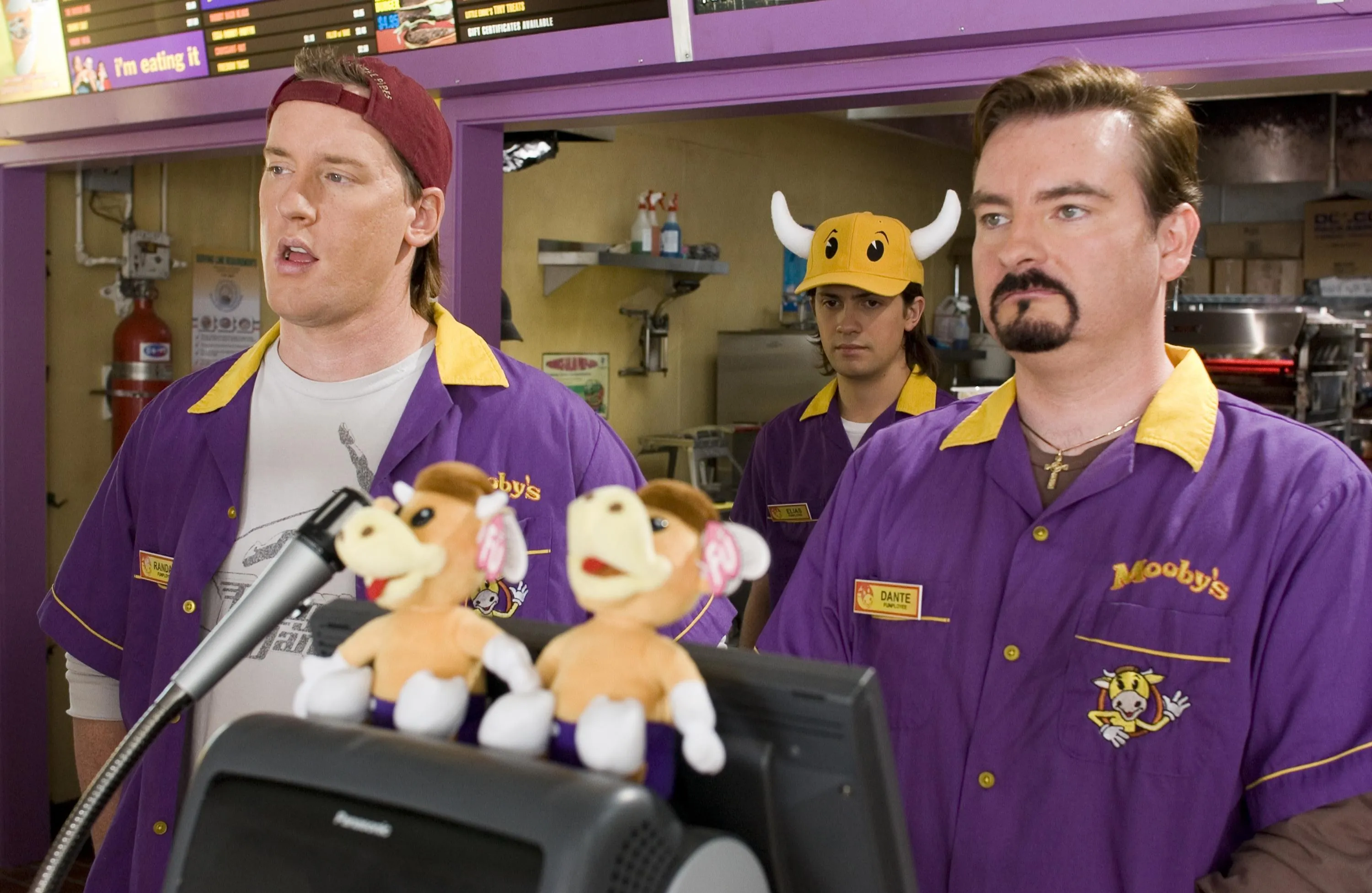 Source: Screenshot via Metro-Goldwyn-Mayer
Source: Screenshot via Metro-Goldwyn-Mayer8. The Rescuers Down Under (1990)
Predecessor: The Rescuers (1977)
Years between films: 13
The Rescuers Down Under occupies an interesting place in the Disney canon in that it was the studio’s first big screen animated sequel, but was a follow-up to arguably one of the worst Disney movies ever made. Despite featuring memorable voice performances from Bob Newhart and Eva Gabor as two international mouse agents working for an organization that rescues abduction victims, The Rescuers is an ugly, listless film that is best remembered today for the infamous single-frame of pornography spliced into the background of a scene. Fortunately, The Rescuers Down Under is a noticeable improvement, ditching the first film’s musical format in favor of a lean action adventure that also sports some noticeably improved animation.
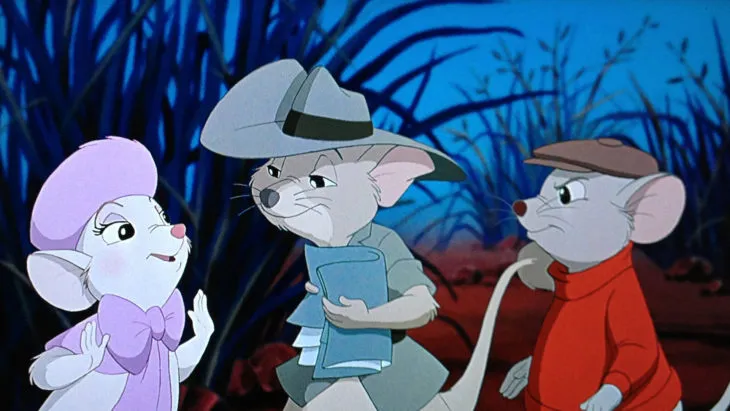 Source: Screenshot via Disney
Source: Screenshot via Disney7. Finding Dory (2016)
Predecessor: Finding Nemo (2003)
Years between films: 13
Alongside Toy Story 3, Finding Dory is yet another Pixar film that Disney had initially planned to make without the animation studio’s involvement. Despite initial reservations, Finding Nemo director and co-writer Andrew Stanton got on board with the idea of making a sequel after Disney allowed him to take as much time as he needed to develop a story he was satisfied with and 13 years after the first film swam into viewers’ hearts, Finding Dory was released. As it turns out, the large gap between releases had done little to curb interest in a sequel, as Finding Dory earned over $1 billion at the worldwide box office and has since become one of Pixar’s most successful films.
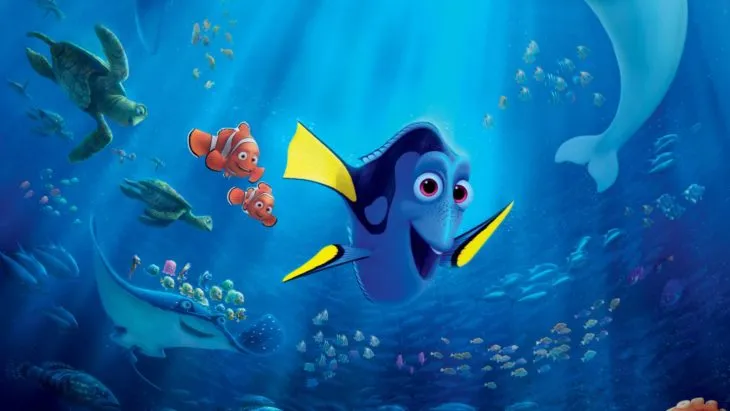 Source: Screenshot via Disney/Pixar
Source: Screenshot via Disney/Pixar6. Incredibles 2 (2018)
Predecessor: The Incredibles (2004)
Years between films: 14
In case it isn’t clear yet, Pixar is a studio that likes to take its sweet time with sequels (unless we’re talking about Cars, of course). One such film many thought they’d never see a sequel to was The Incredibles, which left the door wide open for a follow-up when it was released in 2004, only for a decade to go by with none in sight. In 2014, Incredibles 2 was officially announced, with Brad Bird once again serving writing and directing duties, but the film faced considerable creative hurdles on account of how far the superhero genre had come in the years since The Incredibles was released.
Incredibles 2 made its way to theaters in June 2018 and despite the massive wait, largely lived up to the enormous expectations fans had for it. Praised by critics for its thought-provoking narrative and dazzling, creative action sequences, Incredibles 2 has proven that the deluge of superhero films released in the last decade did little to satiate appetites for a brand new Incredibles movie, as the sequel shattered box office records in its debut weekend and is on track to become one of Disney-Pixar’s most successful films to date.
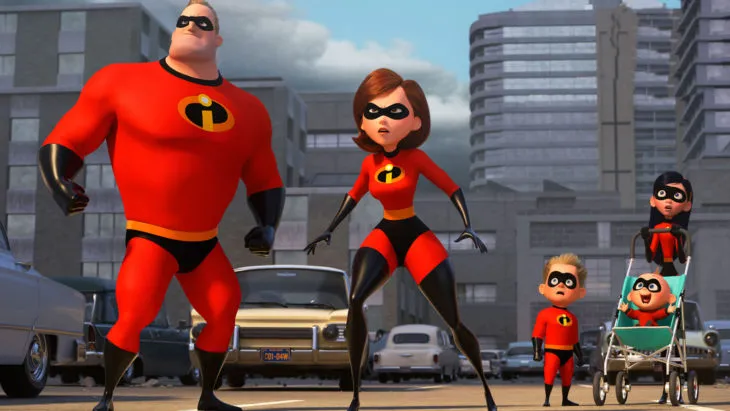 Source: Screenshot via Disney/Pixar
Source: Screenshot via Disney/Pixar5. Rocky Balboa (2006)
Predecessor: Rocky V (1990)
Years between films: 16
Rocky V is a film so bad that it seemingly killed the franchise when it was released in 1990 (fittingly, the original script called for Rocky to die in the concluding street fight). By the mid-2000s, Sylvester Stallone was ready to revisit the franchise, as he wanted to make up for the disappointment of Rocky V while also making a film that in part reflected his own late-career triumphs and setbacks.
While watching a past-his-prime Rocky get in the ring with a much younger fighter — in this case, Antonio Tarver’s Mason “The Line” Dixon, arguably the worst character name in the entire franchise — Rocky Balboa largely succeeds in that it is a considerably better-made film than its direct predecessor. What’s more, Stallone proved that the Rocky franchise still had some life left in it and even took this one step further when he passed the reigns to director Ryan Coogler for 2015’s Creed; an even better boxing film that sees Stallone’s boxer-turned-trainer mentoring the titular son of his deceased friend, played by Michael B. Jordan.
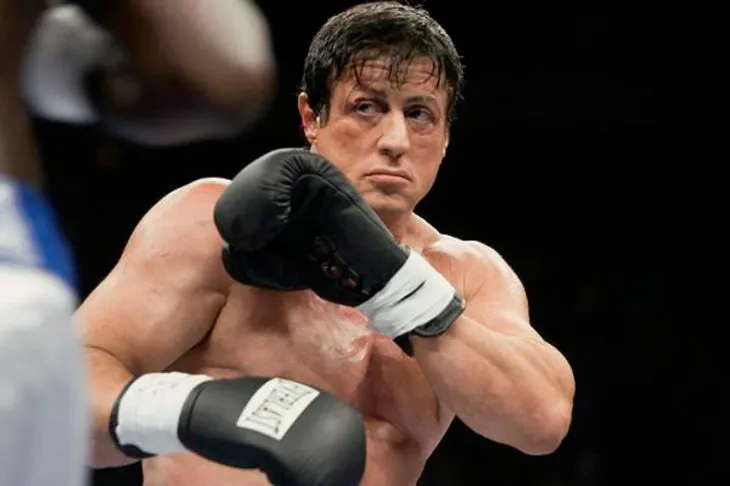 Source: Screenshot via Columbia Pictures
Source: Screenshot via Columbia Pictures4. T2 Trainspotting (2017)
Predecessor: Trainspotting (1996)
Years between films: 21
Danny Boyle’s black comedy Trainspotting, based on the novel of the same name by Irvine Welsh, is easily one of the best British films of the 90s, featuring a breakout performance from a young Ewan McGregor and tackling some serious cultural issues, such as urban poverty and drug culture among Edinburgh youth. Boyle always wanted to wait a long time to make a sequel in order to allow the original actors to visibly age, with discussions finally taking place in 2014.
Set 20 years after the events of the first film, T2 Trainspotting serves as a largely successful postscript to the original film, with the original cast sliding right back into their familiar roles, albeit visibly aged as Boyle had hoped. Though it isn’t as revelatory as the first Trainspotting, T2 is the rare sequel that no one thought would ever come out, let alone be any good, so the fact that it accomplished both those feats is commendable. Catching up with old, damaged friends has never been so satisfying.
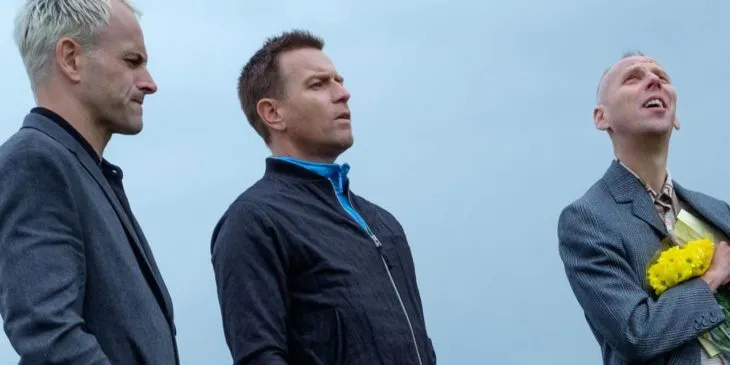 Source: Screenshot via TriStar Pictures
Source: Screenshot via TriStar Pictures3. Mad Max: Fury Road (2015)
Predecessor: Mad Max: Beyond Thunderdome (1985)
Years between films: 30
While it’s more of a reboot than a proper sequel, the loose narrative chronology of the Mad Max franchise makes the entire question of what Fury Road’s relationship to the prior films is largely irrelevant. What we do know is that it took director George Miller three decades to release another installment in his post-apocalyptic action series and it was more than worth the wait. The fact that Fury Road even got made is a minor miracle, as the film went through absolute development hell. Originally going into pre-production in 1997, the film suffered numerous delays, including postponements in 2001 and 2003 on account of the September 11 terrorist attacks and the Iraq War, respectively.
Even when Fury Road finally started shooting in 2011, it would still take four years to complete and it was hard at the time to resist writing the film off as a disaster that didn’t stand a chance of delivering on its promise. Of course, then Fury Road came out, blew everyone’s faces off and was subsequently nominated for Best Picture on its way to being declared one of the greatest action films ever made by many critics. That being said, hopefully, we won’t have to wait another 30 years for the next one.
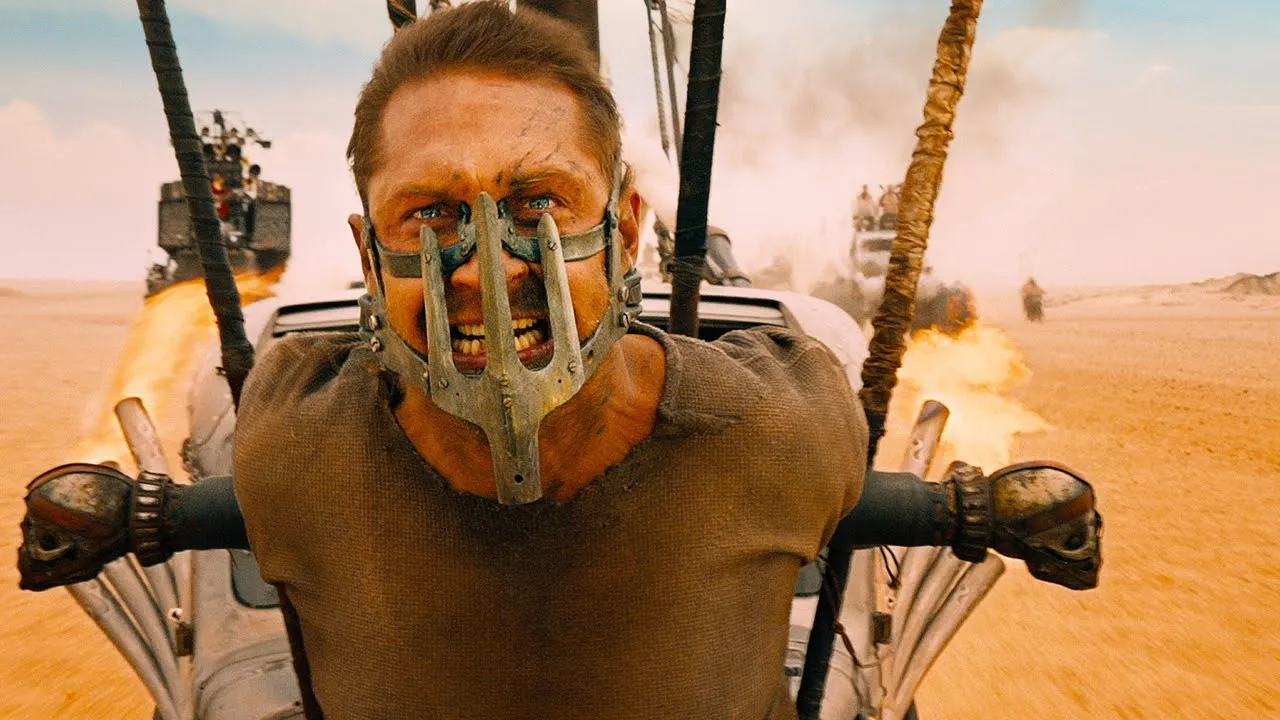 Source: Screenshot via Warner Bros. Pictures
Source: Screenshot via Warner Bros. Pictures2. Star Wars: The Force Awakens (2015)
Predecessor: Return of the Jedi (1983)
Years between films: 32
Possibly the most controversial entry on this list, few long-awaited sequels have had to contend with the enormous expectations placed on Star Wars: The Force Awakens. Not only did the J.J. Abrams-directed film have to pick up from where Return of the Jedi left off over 30 years prior, but it was also the first Star Wars film produced by Disney. Oh, and it also had to make up for the disappointment of the entire prequel trilogy. It’s hard to imagine any film being able to live up to that level of anticipation but all things considered, The Force Awakens did an admirable job of at least attempting to.
Sure, the plot was basically a retread of the very first Star Wars and certain characters and relationships are totally under-cooked (we definitely needed more scenes of Han and Leia together, for one thing) but in terms of recapturing that old Star Wars magic and making up for three mediocre to awful prequel films, The Force Awakens was a rousing success.
 Source: Screenshot via Disney
Source: Screenshot via Disney1. Blade Runner 2049 (2017)
Predecessor: Blade Runner (1982)
Years between films: 35
Prior to the release of Denis Villeneuve’s incredible Blade Runner 2049, much of the concern surrounding it had more to do with its very existence rather than its potential to sell tickets. After all, Ridley Scott’s original film had slowly built a reputation as one of the greatest sci-fi films ever made since its 1982 release, so the thought of a sequel was considered blasphemy to some. When 2049 was finally released, it was hailed as a worthy follow-up and a grand artistic achievement in its own right.
Yet, even with all the praise heaped upon it, the film ended up as a money loser for Warner Bros, failing to break even and falling well short of the $100 million marks in its domestic haul. While Blade Runner 2049 generated a lot of hype with the film enthusiast crowd, what was overlooked by many is that the original Blade Runner was also a box office disaster and took years just to break even thanks to numerous re-releases. Unfortunately, Blade Runner 2049’s failure only reinforced the fact that cerebral science fiction has historically been a box office nonstarter and something that studios shouldn’t invest heavily in.
Still, in terms of sequels that took forever and by all accounts shouldn’t exist in the first place, Blade Runner 2049 is easily one of the best there’s ever been. That has to count for something, right?
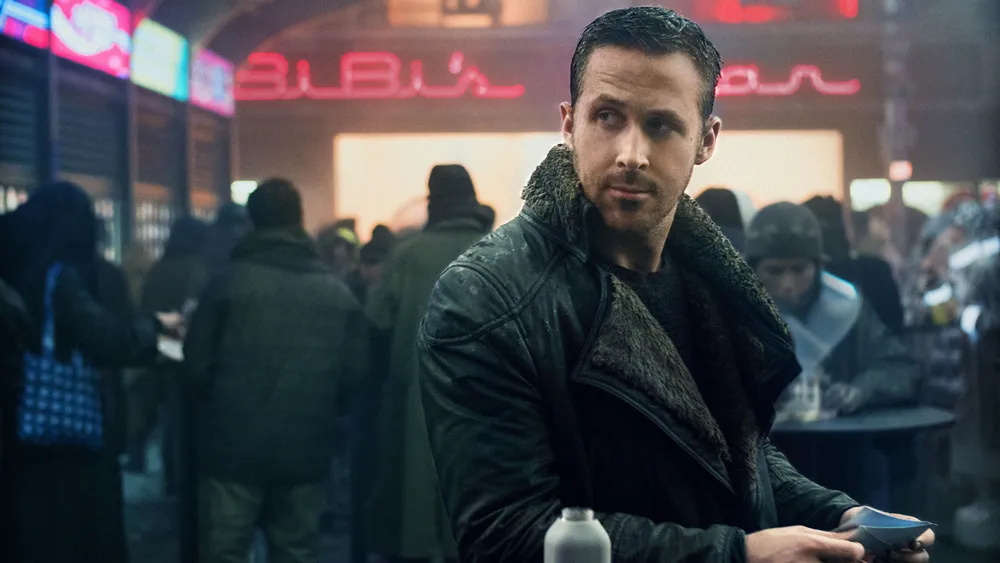 Source: Screenshot via Warner Bros.
Source: Screenshot via Warner Bros.